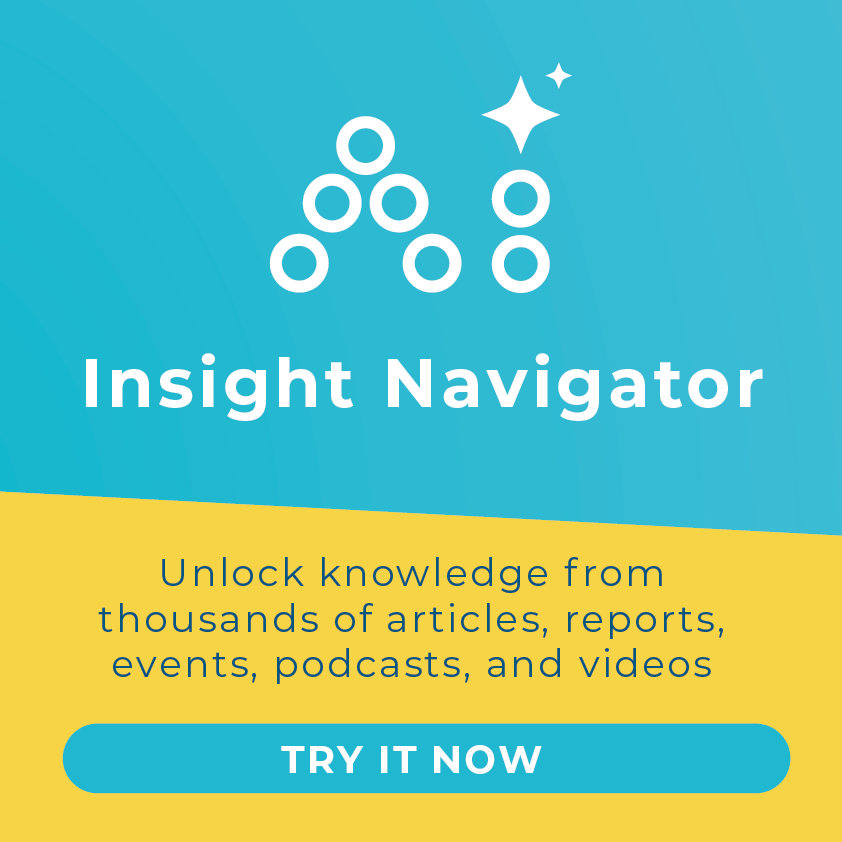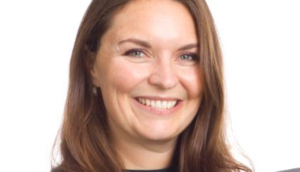As part of our new series of Editorial Specials highlighting our favourite resources on business and development, this blog looks at two excellent contrasting toolboxes for entrepreneurs.
This month we have selected two excellent contrasting toolboxes for entrepreneurs. One, more conventional, covers the essentials to start and run operations: business plans, insurance, accounting and cash flow. The other provides tools and building blocks for ‘entrepreneurial spirits’ to revamp their business model.
The SME Toolkit of the International Finance Corporation (IFC) is hard to beat as a tool for small and medium business, needing a hand with any of the basics of running a good business. Whether you need steps to write a business plan or explanation of different accounting elements, it it all there and clear. It even has 93 free downloadable template forms: balance sheet template, sample emergency procedures, employee grievance form and many more.
Beyond the basics, there is also much more: website tools, regular blogs, and case study examples. The Toolkit is available in many languages and has a mobile app too. It is ideal for an informal business that needs to upgrade and formalise – which is the case for some inclusive businesses we support. It’s also useful for large business who are supporting their SME suppliers to grow as they develop inclusive supply chains.
Business Model Generation is totally different in tone, style and content. It’s not about how to run a business, but how to create a business model that delivers. It provokes and engages entrepreneurs, with hand-drawn sketches, a canvas for you to map out your business, and a fresh approach.
Nine building blocks provide the central elements of the canvas: customer segment, value proposition, channels, customer relationship, revenue stream, resources, activities, partnerhsips and cost structure. The handbook then helps the entrepreneur map out the canvas, and develop the strategy around it. As Ruth Branvall has argued, this approach helps us avoid the mistake of thinking that ‘business’ model is just about where the revenue stems from.
Business Model Generation website provides links to purchase the book, a free download of 70 pages, links to an Ipad app, and notification of the web version coming soon, plus more. It is not targeted at developing countries, but is targeted at innovators, so is ideal for inclusive business entrepreneurs. And it is most definitely different to the conventional business planning menus likely to be available at present in many developing (and developed) country business guides.
In engaging with scores of inclusive businesses in the Business Innovation Facility and Innovations Against Poverty, we have found that many are focused on getting the business model right, whether it is a start-up business, an NGO programme turning into a business, or a multinational developing a new product stream that engages low income segments. These two guide have starkly contrasting styles, but both offer rich content and easy step-by-step guidance to help entrepreneurs of the kind supported by BIF and IAP.
This blog was written by Caroline Ashley, an Associate Editor at Business Fights Poverty, and the Learning and Results Manager at the Business Innovation Facility and Innovations Against Poverty. It was first published on the Practitioners Hub and is reproduced with permission.











2 Responses
Hi Caroline,
Great to see you’ve included Business Model Generation on here! It’s an incredibly useful approach for early-stage entrepreneurs, but can also be useful in an established business context for thinking through new products and programmes.
I’m part of the team running Impact Generation, an organisation connecting professionals with social ventures and impact investors for learning and innovation – and we incorporate the Canvas into our team mentoring programme, Idea Refinery. The other group I know who uses Business Model Generation as a core part of social enterprise training is Emerge Venture Lab at Oxford.
On the tech start-up side, there’s a thriving community and workshops via General Assembly.
Hope some of this is useful for entrepreneurs reading the link or for mentors looking to put some structure into their engagement with entrepreneurs!
Regards,
Madeleine
Caroline, thank you for capturing the essence of the SME Toolkit so well!
As a member of the SME Toolkit global management team, I have come to know the vital role that this product plays in bridging the knowledge gap in especially under developed markets, a clear indication of the over 5 million annual visitors. Through IFC’s partnership with institutions in 23 countries, SMEs and entrepreneurs are able to access locally relevant business management information and tools in their own language for free, no matter the location, as mobile integration and SMS subscription functionalities now also overcome the access barrier.
With every business man and women accessing another web page, we hope to contribute to alleviating poverty – one step further.
Regards,
Leànne